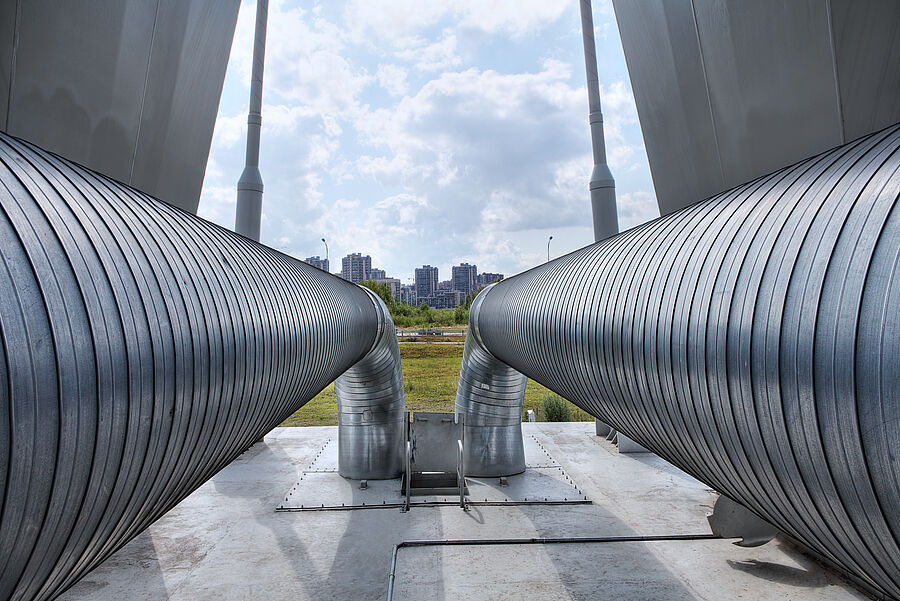The EU aims to quickly decarbonize the energy sector through the Fit for 55 package, RePowerEU plan and Green Deal. Large-scale seasonal thermal energy storage (sTES) technologies (e.g. basins, caverns) can assist the effort by enhancing the use of fluctuating heat sources. The project INTERSTORES will tackle these challenges and accelerate decarbonization through the application of advanced sTES technologies.
The ultimate goal of INTERSTORES is to demonstrate and implement two innovative sTES solutions (re-purpose of old basins, underground caverns), validating the use through the demo sites as multi-purpose sTES. INTERSTORES aims to improve sustainability by using cost-effective, recycled insulation materials, increasing the use of renewable energy, and replacing standard shotcrete. Its core impact will be seen in the reduction of investment costs, energy requirements, reduction of CO2 emissions, and environmental and land footprint.
Innovation and targeted results
INTERSTORES consortium seeks to conquer high capital costs by re-use of infrastructure that has previously served other purposes and now can be transformed in a renovated, low-cost, underground sTES facility (Reno-sTES, DE) through busting the efficiency and the promotion of circular economy principles, reduction of environmental impacts, and land use.
The other direction we envisage is saving capital costs for developing new sTES by utilizing natural environments as caverns viable in dense rock formations. INTERSTORES will integrate the worldwide largest rock cavern thermal energy storage (Giga-CTES, FI).
Impact
Security of supply issues affect everyone and are a significant driver of or solution to climate change. There is high potential for innovation in this field to achieve:
- Re-purposing of existing infrastructure as large-scale thermal energy storage,
- Reduction of LCOS/CAPEX by 40%,
- Cost-effective sTES solutions,
- High adaptability due to versatile temperature ranges,
- Significant decrease in CO2 emissions on both demo sites within the Project,
- Improved planning methods,
- Improved simulation models and digital twins for optimized design, planning and operation.
Funding
INTERSTORES is funded by the European Union. Views and opinions expressed are however those of the author(s) only and do not necessarily reflect those of the European Union or Research Executive Agency. Neither the European Union nor the granting authority can be held responsible for them.




